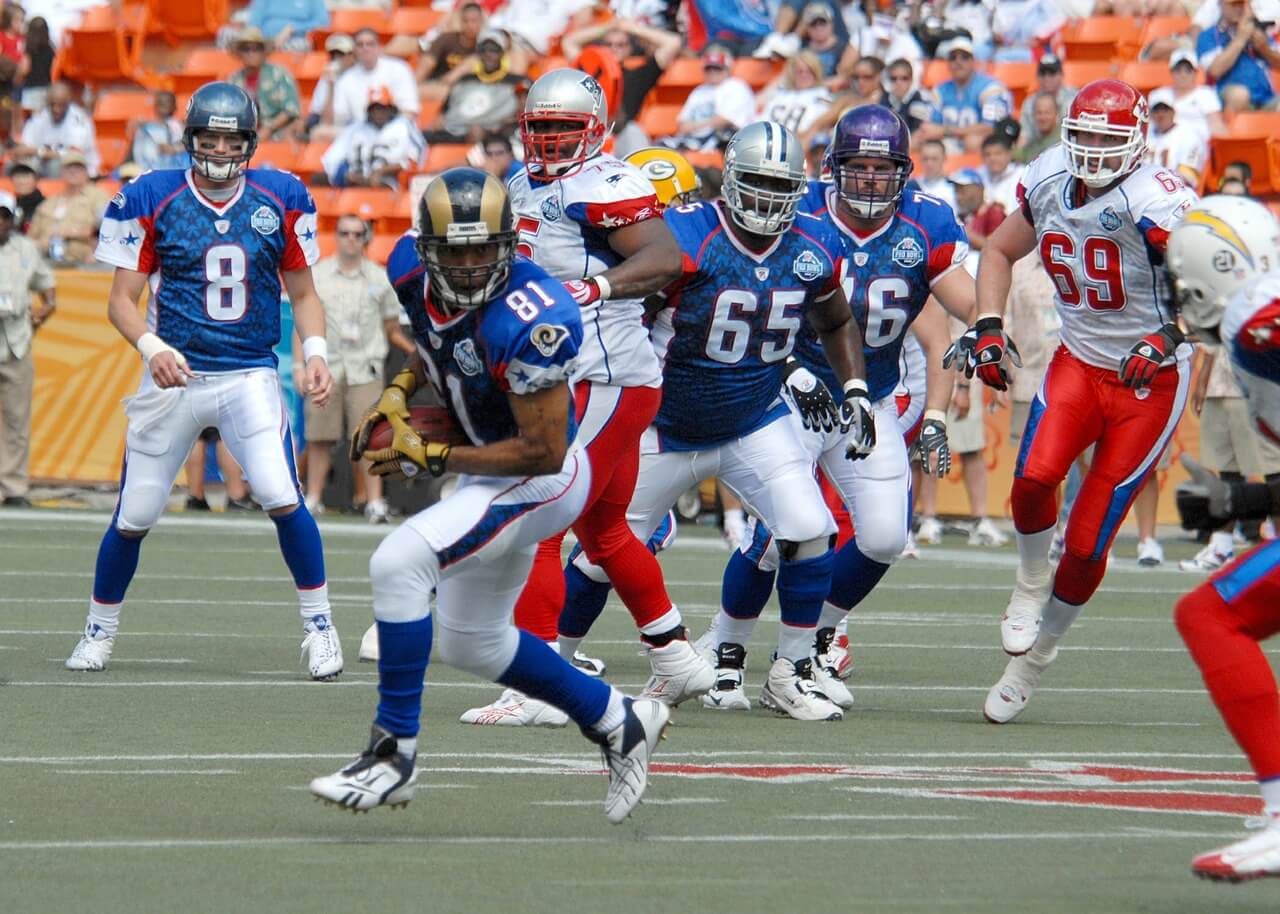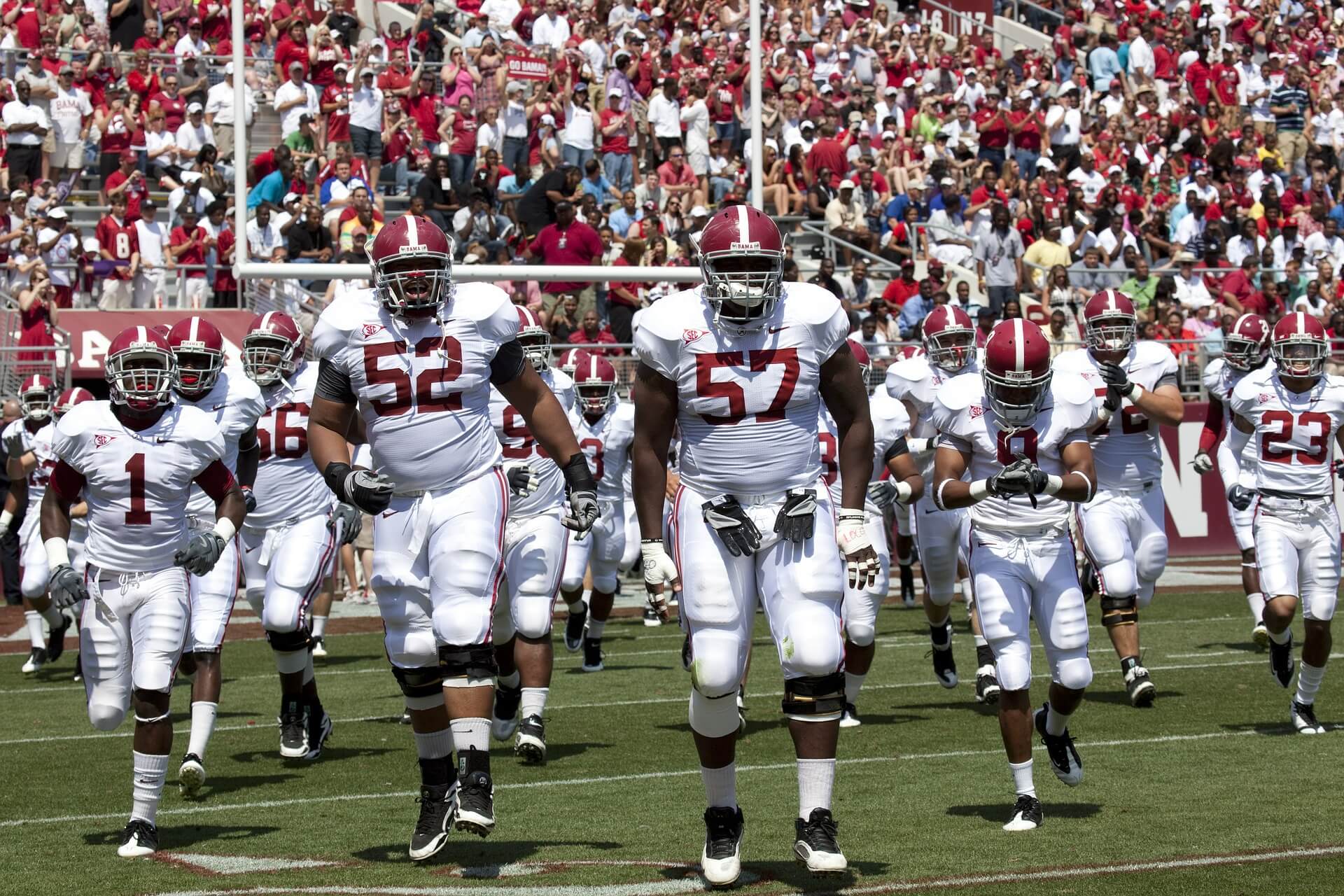Controversy of cast system in Hindu Dharma
WHAT IS THE HINDU DHARMA ? CONTINUES……
According to the Bhagavad Gita, Lord Shree Krishna is defined as The Varna( four caste) on the basis of human’s karma, the natural qualities and the life-style. he embraces. Here I find the message that no caste is lower or higher. I have not been able to find anything like untouchables and Dalits anywhere in the Bhagavad Gita. Lord Krishna says that all human beings or any creature are my children.
Lord Shree Krishna has said like this
ब्राह्मणक्षत्रीयविशां शूद्राणां च परन्तप ।
कर्माणि प्रविभक्तानि स्वभावप्रभवैर्गुणै:।।४१।।
श्रीमद्भगवद्गीता १८ /४१
It means Brahmans, kshatriyas, Vaishyas and shudras are distinguished by the quality of being born of their own natures according to the material modes. According to the Bhagavad Gita, Lord Krishna is said to have divided human beings into these four castes on the basis of human nature of qualities.
According to the Bhagavad Gita, Lord Krishna is said to have divided human beings into Brahmins, Kshatriyas, Vaishyas and Shudras on the basis of human qualities of nature. Who has received knowledge of education and they work to provide education.
If their knowledge/ research would benefit the society. That is karma of brahmin. So the wise men were respected like a brahma(god) to the brahman. Who are brave and could lead the common man and be responsible for security for common people. That person’s nature is kshatriya.
Some people choose trade, farming, and other industrial professions by their nature. That person is Vaishya. Some people are naturally not interested in studies and taking any profession. Finally they are being a skilled or unskilled worker. Those who make a living as a working class are called Shudra. They are doing it for others.
All these classes are due to their natural qualities. There are neighboring brahmin families in my village. He had four sons. The elder son has become a professor after finishing his studies. Another second son became a police officer. Another 3rd son started a business and he became a businessman. Last one son was not catching the above professionals like his brothers. The last son was helping others, not doing own business and job. Finally that person became as helper/ worker in his whole life. Seeing this, it can be believed that caste is not the basis of human birth.
So no one can be higher and lower caste on the basis of birth. Man establishes his class on the basis of Karma. Saying class and saying Varna is the same thing. There are classes all over the world. Class discrimination seems to be everywhere even laws not supporting to these things.
Discriminations still has not been removed from the United states of America on the basis of colors in practice. Still American Black citizen fighting for discrimination on their life matters. Untouchability has been legally removed from Nepal and India fifty year ago but in practice it has not been removed. There is no evidence in Bhagavad Gita which caste is untouchable ?
There is no written shudras in untouchable caste. There is no such as untouchability. Although caste was classified by the nature of human beings at that time. But it seems that the caste system was established on the basis of birth.
According to the Bhagavad Gita, Lord Krishna is said to have divided human beings into Brahmins, Kshatriyas, Vaishyas and Shudras on the basis of human nature and qualities. There is evidence which caste is higher in Bhagavad Gita.
There is no evidence that Shudra is a lower and untouchable caste. There was no such thing as untouchability. There might be no caste system on the basis of birth and caste may be classified on the basis of human nature. But later Brahmin Kshatriyas and Vaishyas may have made Shudras untouchable and Dalit.
ब्राह्मणोस्य मुखमासीत्ः बाहू राजन्यः कृतः ।
उरू तदस्य यद्वैश्यः, पद्भ्यां शूद्रो अजायत ।।
(ऋग्वेद संहिता, मण्डल १०, सूक्त ९०, ऋचा १२)
According to this verse, Brahman is born from the mouth of God, Kshatriya from the arm, Vaishya from the thigh and Shudra from the foot. That means. You have to be able to explain it this way. The face of the Supreme Being of creation was Brahmin, his arms were Kshatriya, his legs were Vaishya and his feet were Shudra. Like this way Brahms( God) originated. In the absence of one of them, even Brahma cannot stand. So these four characters are the form of God.
That means. The human body can also be divided into four characters. Speech originates from the mouth. That is Brahman. The arm is the instrument of strength. The middle part is the abdomen, the chest, and the legs and feet. It fulfilled their requirements and nourished them.
That is why It is customary to bow down on their feet for our respectable parents and teachers. Those who nurtured the upper class. They were the ancestral artists, craftsmen, technicians and working class of the then society. I think that by exploiting the labor of the working class but gradually the clever class has established it as a slave.
Now another religious verse is like this.
“जन्मना जायते शूद्रः, संस्काराद् द्विज उच्यते।
मनुस्मृित
It means: All human beings are born as Shudras. All human beings are born as Shudras. The intention is that his culture becomes high, that is, nature, knowledge and ability establish high Varna only by doing deeds. Therefore, it can be said with certainty that education and knowledge puts people in a higher position. if there is no knowledge and education that one has to live as a labor class, and that class is downtrodden.
There was no caste system in the early stages of the Rig Veda. There were only two classes , Arya and Anarya. Anarya were kept as slaves after conquering. Only three caste systems were seen before. When these Anarya were also included in the as a Shudra. Anarya ‘s skill and knowledge were used to serve the welfare of all Aryan.
As it is included after that three castes. It is said that it is mentioned at the end. However, Manu smriti, this is because of ethnics division. It is said that the caste system mentioned in this Manu smriti has fragmented and weakened the Hindu society.
We can’t see in Veda, Shudras is untouchable Dalit. The word Shudra is not even mentioned in the lower caste. It is not a lower caste that has fallen while writing in the caste order. This sequence can also be written from bottom to top. The side and the tip are the same. The tip on your side is the back side, and if you go to the side and stand on the same side, the tip is on that side. The Vedanta also say that it is not written anywhere in the Vedas that Shudras and women should not read and listen to the Vedas.
I don’t think there was any caste system before that. The Shudras were skilled in technical work. He knew all the clothes, shoes, sewing, weaving, jewelry, wooden objects, house building that human beings need. Earlier, they were also given respect. The main leader of Vishwakarma is recognized as God.
The construction of all the Hindu temples was done by them. The upper class took over their skills in society. It seems that these shudras came only to workers. It is necessary to understand that the caste system is the profession for life surviving in our Sanatan Dharma.
According to the scriptures, no one is untouchable or Dalit. All creatures, including humans, are children of God. So everyone is the same. Discrimination on the basis of birth and caste is a demonic tendency. There are four types of classes in any state or society. Academic class, administrative class, business class and working class. These also have different levels and positions. Any country is run by these four classes.
The working class makes a living by taking the wages of services from productions, technical work/labor work. The working class being a victims as dalit and untouchable in the society due to traditional conservatism society. The state laws are also not supported. The most stigmatized system of Hinduism is the caste system.
Varnashrama is one of the most controversial systems in Hinduism. The most stigmatized system of Hinduism is the caste system. If God created humans, why the discrimination ? If god created humans, does he make his children some higher caste or lower caste ? Some are untouchable and some are Brahma ?
Even though Hindu scriptures do not call them untouchables and Dalits. But the followers of Hinduism treat Shudras as Dalits and to make them untouchable in the society. even in the Vedic religion, it is mentioned. Now as the consciousness of the society is gradually increasing and all the people are getting educated, they are coming to know that people have not been made Dalits in the scriptures.
The conservative tradition is still alive in the society. Everyone must be educated to eradicate this system. But in Hindu society, who take advantage of power and politics want to perpetuate racial discrimination. But now we find that it is being limited to illiterate orthodoxy.
Some hypocrites in society want to maintain the untouchability system, due to fearing their power will be broken. It will run till people’s lack of education. Even which is a crime and punishable from humanity and legal point of view. The caste system has become the most stigmatized system of Hinduism.
Suggestion for eradication of untouchable caste.
1. They have to change their surname by replacing their fathers first name.
2. In Hindu scriptures written all humans are children of Rishi(saga). If all Dalit taking the surname of Rishi’s name as gotra. no body could find out who are Dalit. It is possible to get rid of the stigma of being untouchable.
Hindus have accepted Buddha as their God, they can get rid of the stigma of Dalits and untouchables in the society by entering Buddhism and having a Buddhist religious last name.
Nowadays, it is punishable for anyone to behave untouchably. It is a great shame to live happily as untouchables and Dalits and to be despised as untouchables. It is very important to find a way to retaliate and find a solution. Otherwise this class will be forced to convert to another religion.
continues …..



